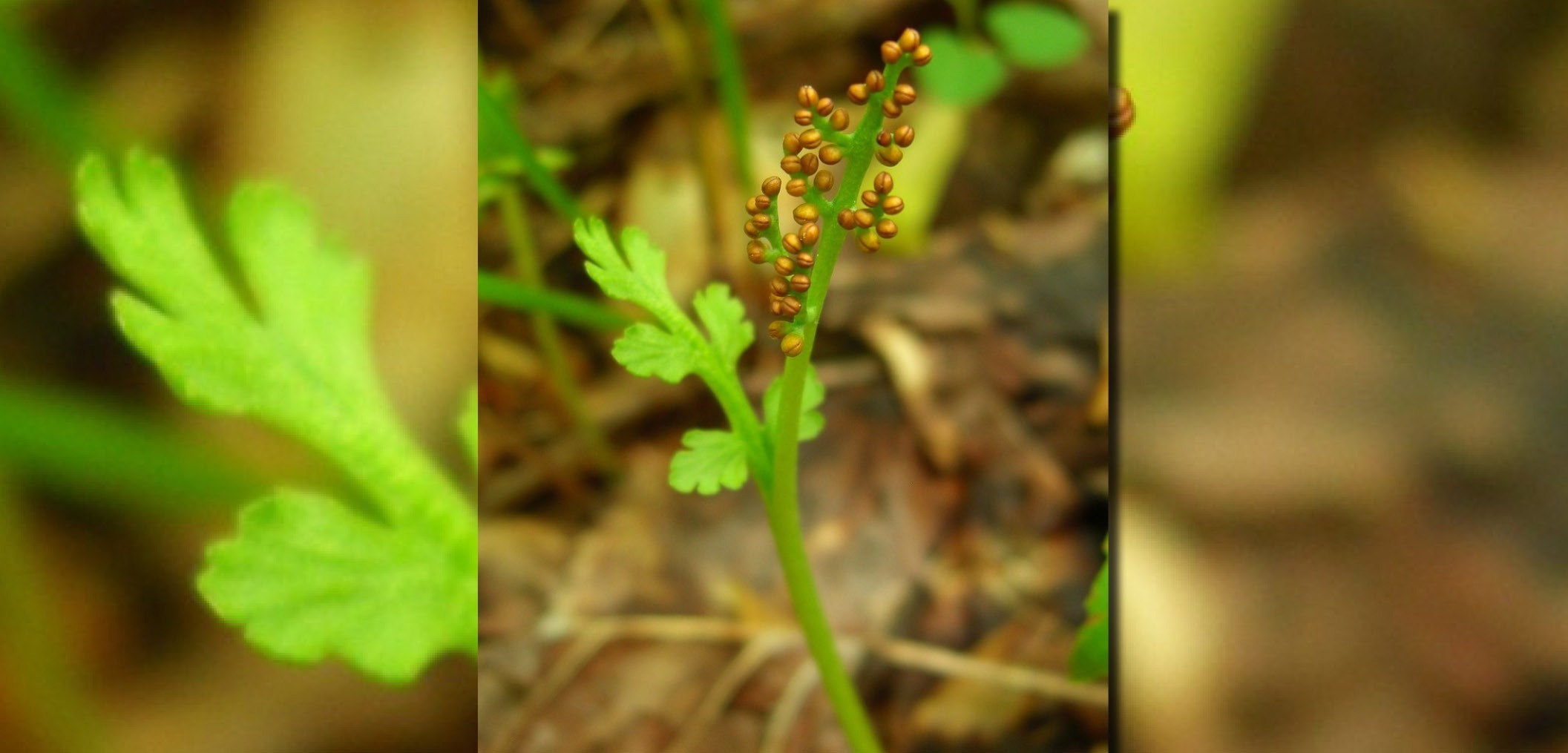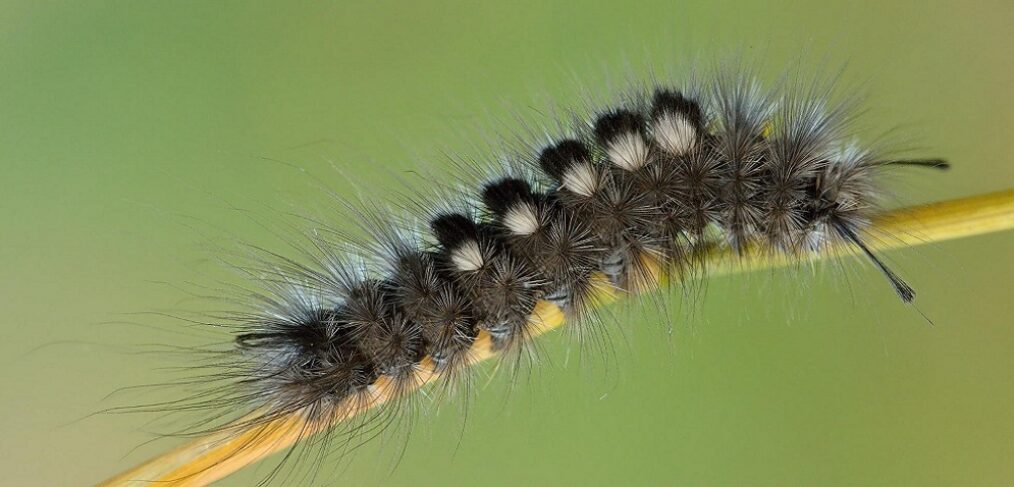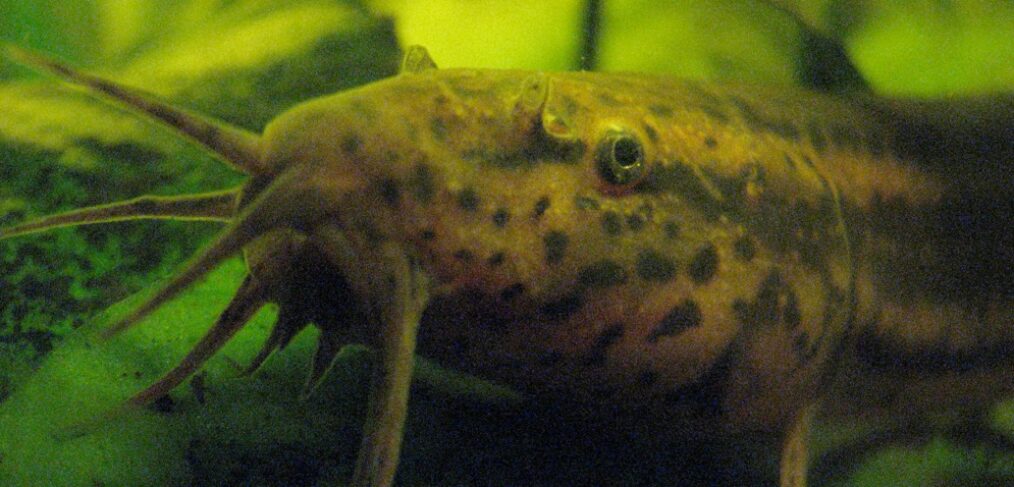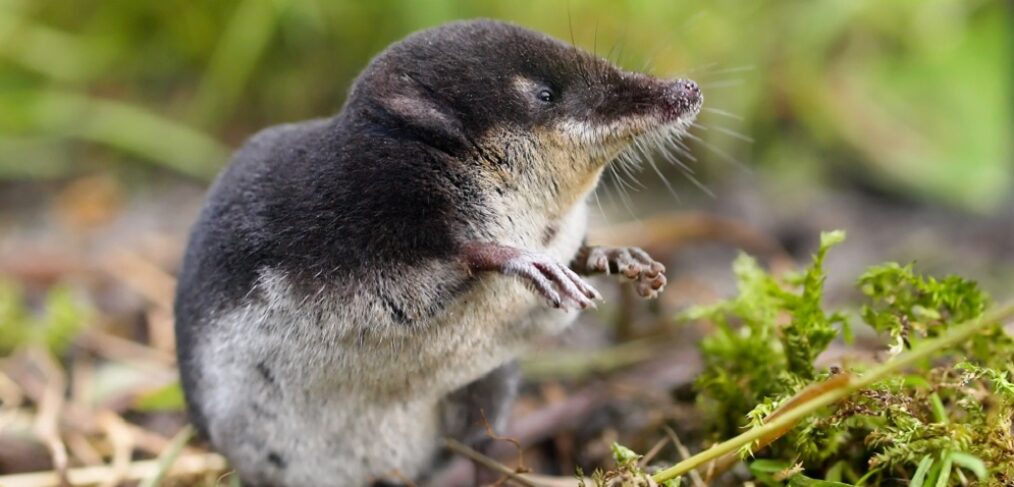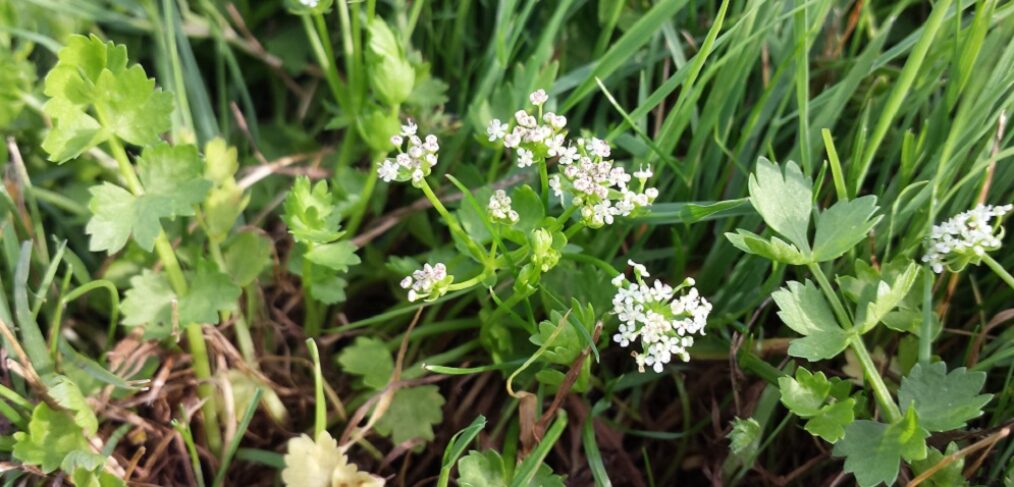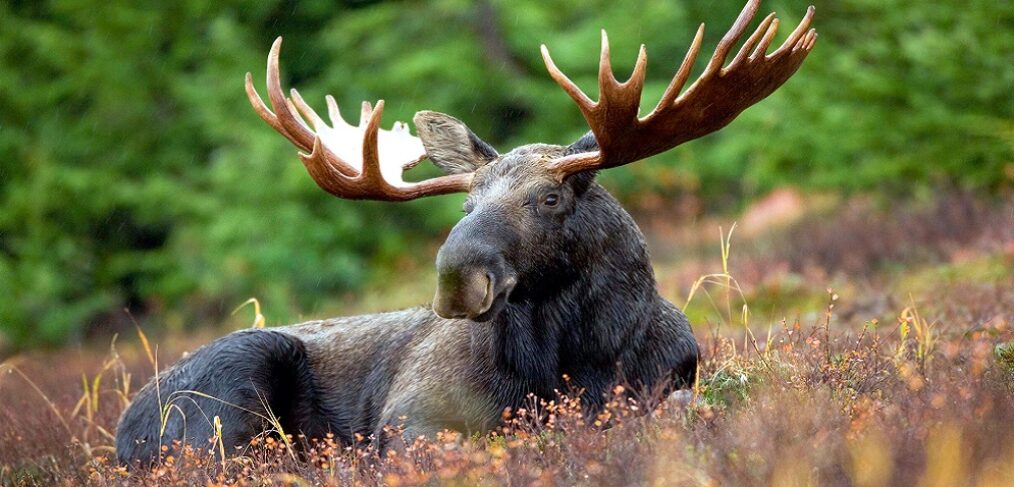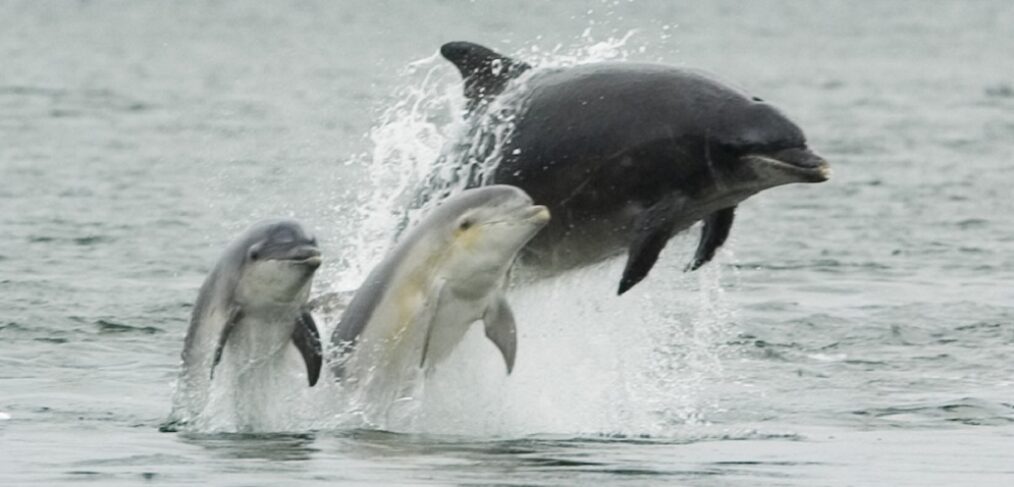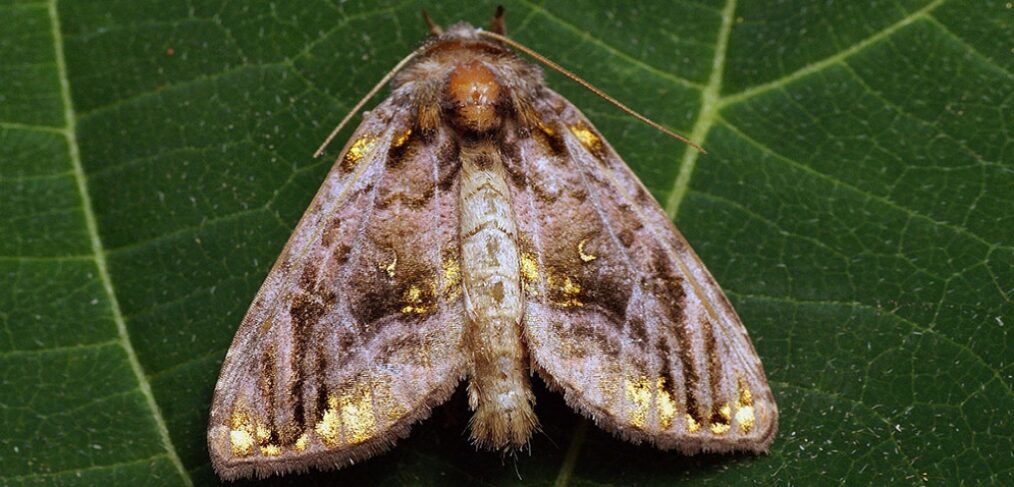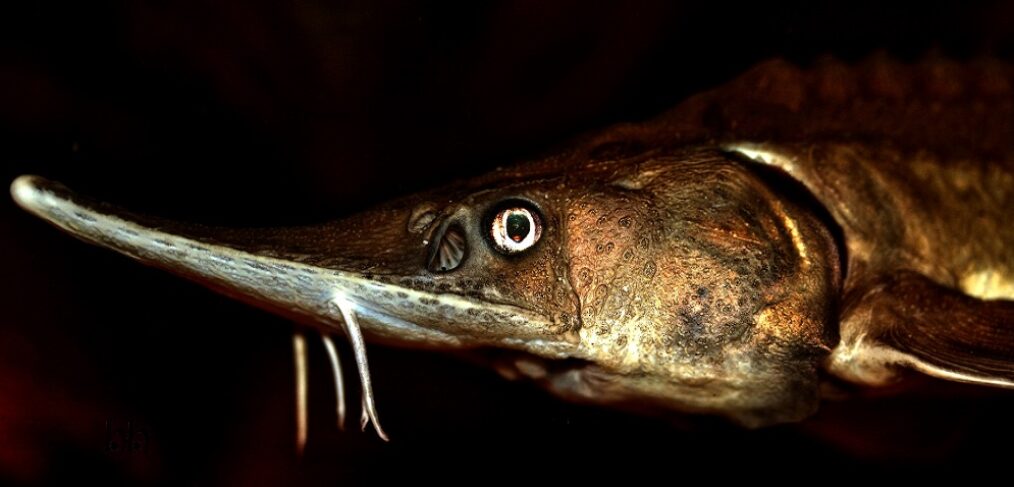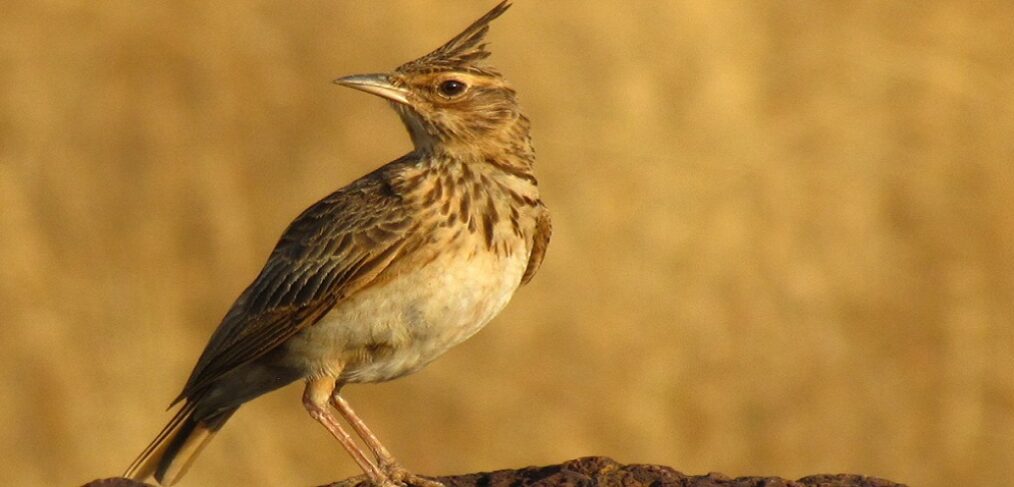The chamomile grape-fern is a minimalist. One stem, one twig, a few fronds, that has to be enough. Ferns, one of the oldest plant groups in the world, manage without […]
Pollinators include not only bees and bumblebees, but also butterflies. With its fuzzy fur, the Gynaephora selenitica is not only always well coiffed, but also an excellent pollen taxi. The […]
“Stormfarter” is a somewhat disrespectful nickname for the Mud loach, which is also called weatherfish. These names refer to a very special characteristic – accessory intestinal respiration. The mud loach […]
Our 100th species of the week used to be a Palatinate-wide child terror. “Watch out, the water rat will bite your toes” was the warning given by concerned adults to […]
The creeping marshwort is a so-called responsibility species in Germany. This means that its distribution is concentrated in Germany, even though it was once found throughout Europe. In the meantime, […]
For some years now, individual elks from Eastern Europe have been drawn to Germany. The living conditions are ideal – especially in sparsely populated Brandenburg with its wet meadows and […]
Did you know that there were still dolphins in the German Bay until the 1970s? Thanks to Flipper, the bottlenose dolphin is the best-known dolphin species. It is found in […]
The beautiful Golden C is a moth and is actually called the lamprotes c-aureum. Because of the typical wing pattern with the golden semicircle, the moth is called the Golden […]
The sterlet is one of the most primitive fish species on our planet and is not without reason referred to as a living fossil, as it has been travelling unchanged […]
Crested Larks were the “rubble birds” after the end of the Second World War. They inhabited the destroyed parts of the city until they were rebuilt. They are remembered by […]

